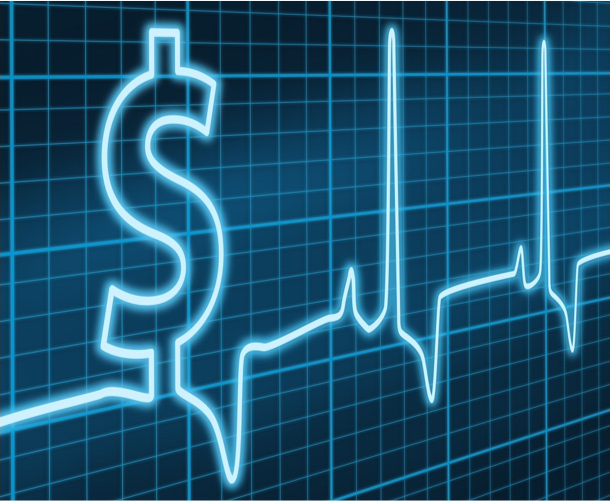The US healthcare system is a multi-trillion dollar industry and one of the fastest growing industries in the world today.
It is predicted that the cost of healthcare in the US will rise annually by 5.5% until 2026 (according to a U.S. government health agency). This means that the overall health spending in the US will rise to a gargantuan 19.7% of GDP over the next decade. This amount is predicted to reach $5.7 trillion annual health care spending in the US.
To put it in perspective, in 1960 the average cost of annual healthcare per person, in the US was $146 per person. That figure rose to $10,348 per person in 2016! The current rate of increase in healthcare spending is worrying because it is rising much faster than the average US annual income. Moreover, the US healthcare costs are also increasing much faster than economic growth.
Why are US healthcare costs rising so rapidly?
The reason for this sharp trajectory of healthcare spending is said to be due in part to the aging baby boomer population which consumes a quarter of the Medicare budget in the US. Also, the rising cost of medical products and services, as well as an increase in disposable income. There is a massive increase in prescription drug sales, coupled with the rising costs of specialist drugs, further adding to the increased healthcare spending.
Additionally the healthcare insurance market is expanding with the help of Medicaid and Medicare, US government health insurances for the disabled or poor. These costs are rapidly increasing due to a change in rules surrounding the health insurance industry in the US. Many US citizens are charged higher and higher premiums due to these changes. However, unfortunately this does not equate to a healthier population.
Another reason that the US is seeing such an increase in healthcare spending is due to lifestyle changes. It is increasingly common for people to have lifestyle induced chronic illnesses like diabetes and heart disease. These are “preventable diseases” that are now an epidemic in the USA. The lifestyle factors that contribute to these conditions are leading a sedentary lifestyle, obesity and consuming poor nutrition in the form of the SAD (Standard ‘American Diet).
Chronic disease accounts for 85% of healthcare spending the US. However, reversing this situation is not as simple as it may seem at first. The average US citizen does not necessarily have the resources to eat a healthy diet because it costs a lot more than junk food. Also with everything rising in price, they may not be in the position to get help in the early stages of their illness, which snowballs the deterioration of their health.
Source: The Balance.com






